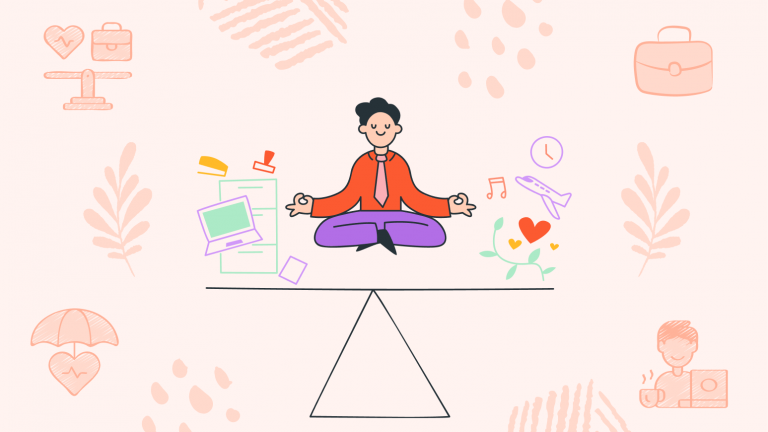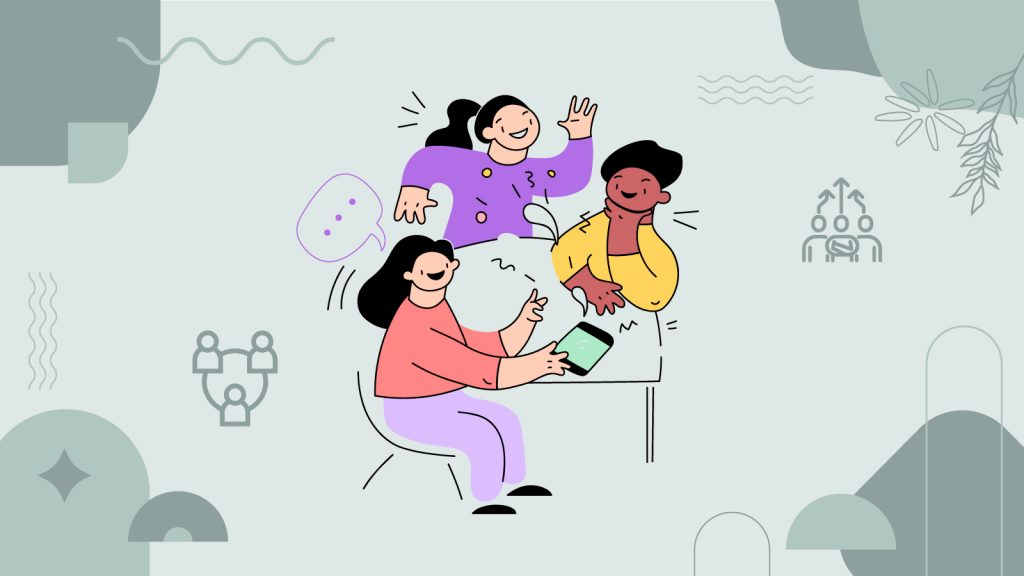Struggle to Keep All Balls in the Air
The quest for work-life balance is a universal struggle, reflecting the difficulty of managing professional responsibilities alongside personal life, family, and leisure. In today’s fast-paced world, the pressure to excel in every aspect of life often leads to a constant juggle.
This leaves many people feeling like they’re perpetually falling short in one area or another. This balancing act creates stress, exhaustion, and a sense that life is passing by unfulfilled, leading to a relatable struggle for many.
The Neurological Understanding of the Imbalance
The challenge in finding work-life balance is partly rooted in our neurological and neurochemical responses to stress and reward. When engrossed in work, the brain’s reward pathways, particularly those involving dopamine, are frequently activated.
This is especially evident if the work is engaging or if it leads to professional success and recognition; where it can create a feedback loop wherein work becomes disproportionately rewarding compared to other life activities.
Simultaneously, chronic stress from overwork can lead to an overactivation of the body’s stress response, involving hormones like cortisol. This can affect sleep, mood, and overall well-being, making it harder to find the energy or desire to engage in non-work activities, even if they are enjoyable or relaxing.
The prefrontal cortex, responsible for decision-making and priority setting, can become overwhelmed with constant multitasking and the pressure to perform, leading to decision fatigue. This makes it increasingly difficult to make choices that align with a balanced life.
Blueprint for Crafting Balance
Creating a sustainable work-life balance requires intentional actions and strategies:
- Prioritize and Plan: Identify what aspects of life are most important to you and allocate your time accordingly. Use tools like calendars or planners to schedule both work and personal activities, ensuring you dedicate time to each.
- Set Boundaries: Establish clear limits around work hours and stick to them. Communicate these boundaries to colleagues and family to manage expectations.
- Self-Care Rituals: Incorporate regular self-care activities into your routine, such as exercise, hobbies, or relaxation techniques, to reduce stress and improve well-being.
- Mindfulness Practice: Engage in mindfulness or meditation to enhance your ability to be present and enjoy both work and personal life without constantly feeling pulled in different directions.
- Delegate and Say No: Learn to delegate tasks when possible and say no to additional responsibilities that don’t align with your priorities or that overextend your capabilities.
Subscribe to newsletter
Get your Gut Health Starter Guide right now.
Elevate your Tuesdays with practical, science-backed wisdom propelling you forward on your gut health journey.

From Tilted to Tranquil
Sarah’s life once resembled a seesaw, with work on one end and personal life on the other, constantly tilting under the weight of her responsibilities. Her days were a blur of meetings, deadlines, and family duties, leaving her drained and disconnected. The realization that this imbalance was unsustainable prompted her to seek change, leading her to embrace a structured approach to her daily routine.
“My life was like being in a boat that was always about to capsize. I was putting in long hours at work, trying to be there for my family, and always feeling like I was failing at both. The turning point for me was recognizing that I couldn’t keep going this way. I needed structure, I needed boundaries, and most importantly, I needed time for myself.
I started by clearly defining my work hours and sticking to them, which was not easy at first. I also began to schedule time for activities I had neglected but loved, like painting and cycling. These weren’t just ‘breaks’ but essential parts of my day that brought me joy and relaxation.
Incorporating mindfulness into my routine was transformative. It helped me be present in whatever I was doing, whether working on a project or spending time with my family, allowing me to appreciate and enjoy those moments fully.
Over time, these changes led to a profound shift in my life. I felt more in control, less stressed, and more connected with the people and activities that matter to me. My work performance actually improved, and the quality of my relationships deepened.
This journey from a tilted, chaotic existence to a tranquil, balanced life showed me that it’s not just about lessening the workload but about enriching all facets of life. It’s about making conscious choices that align with what truly matters.”
Sarah’s narrative is a vivid illustration of how intentional planning and mindfulness can transform a life of imbalance and exhaustion into one of fulfillment and peace. Her story serves as a real-life testament to the power of work-life balance strategies, offering hope and guidance to those navigating the challenging waters of modern living.


















